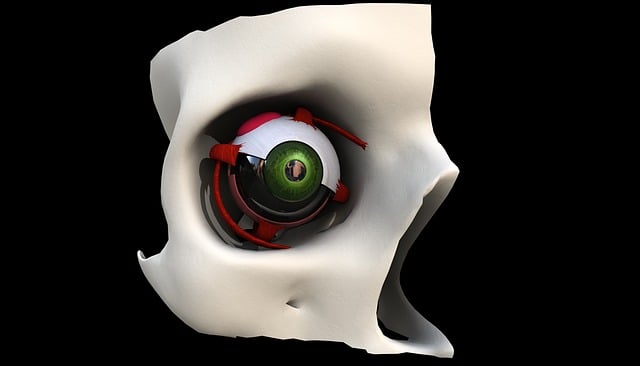High Cholesterol: Risk Factors, Symptoms, and How to Lower It
“`html

High cholesterol is a common health concern that affects millions of people worldwide. It often goes unnoticed until it leads to more serious conditions, including heart disease and stroke. Understanding the risk factors, symptoms, and methods to lower cholesterol can empower individuals to take charge of their health.
Risk Factors for High Cholesterol
Several factors contribute to high cholesterol levels. Some are within our control, while others are not. Here’s a list of common risk factors:
- Diet: A diet high in saturated fats, trans fats, and cholesterol can raise cholesterol levels.
- Physical Inactivity: Lack of exercise can lead to weight gain and higher cholesterol levels.
- Obesity: Being overweight increases LDL (bad) cholesterol and decreases HDL (good) cholesterol.
- Age and Gender: Cholesterol levels typically rise as people age. Men generally have a higher risk earlier in life.
- Genetics: A family history of high cholesterol can increase your risk.
- Smoking: Smoking damages blood vessels and lowers HDL cholesterol.
- Other Health Conditions: Conditions such as diabetes can increase the risk of high cholesterol.
Symptoms of High Cholesterol
Interestingly, high cholesterol often has no noticeable symptoms. Many individuals may be unaware of their condition until a health issue arises. However, some signs may indicate its presence:
- Xanthomas: These are yellowish deposits of cholesterol that can appear on the skin, particularly around the eyes or joints.
- Chest Pain: This can occur if cholesterol buildup restricts blood flow to the heart.
- Heart Attack or Stroke: These severe conditions can be the first indicators of significantly high cholesterol levels.
How to Lower High Cholesterol
Fortunately, there are several effective strategies to manage and lower cholesterol levels:
| Method | Description |
|---|---|
| Healthy Eating | Incorporate more fruits, vegetables, whole grains, and healthy fats into your diet. |
| Regular Exercise | Aim for at least 150 minutes of moderate aerobic activity weekly. |
| Weight Management | Losing even a small percentage of body weight can help lower cholesterol. |
| Quit Smoking | Quitting smoking can improve HDL cholesterol levels. |
| Medication | Consult with a healthcare provider about cholesterol-lowering medications if lifestyle changes aren’t enough. |
For more detailed information about lowering cholesterol, check out this informative CDC resource.
Incorporating lifestyle changes may seem daunting, but small adjustments can lead to significant improvements in your cholesterol levels. Regular check-ups with your healthcare provider are also essential to monitor your progress and make necessary adjustments to your health plan.
To further understand how cholesterol impacts your health, watch this insightful video:
Being proactive about your cholesterol levels can help you live a healthier, longer life. Don’t wait for symptoms to appear; take the necessary steps now to maintain your heart health.
“`
